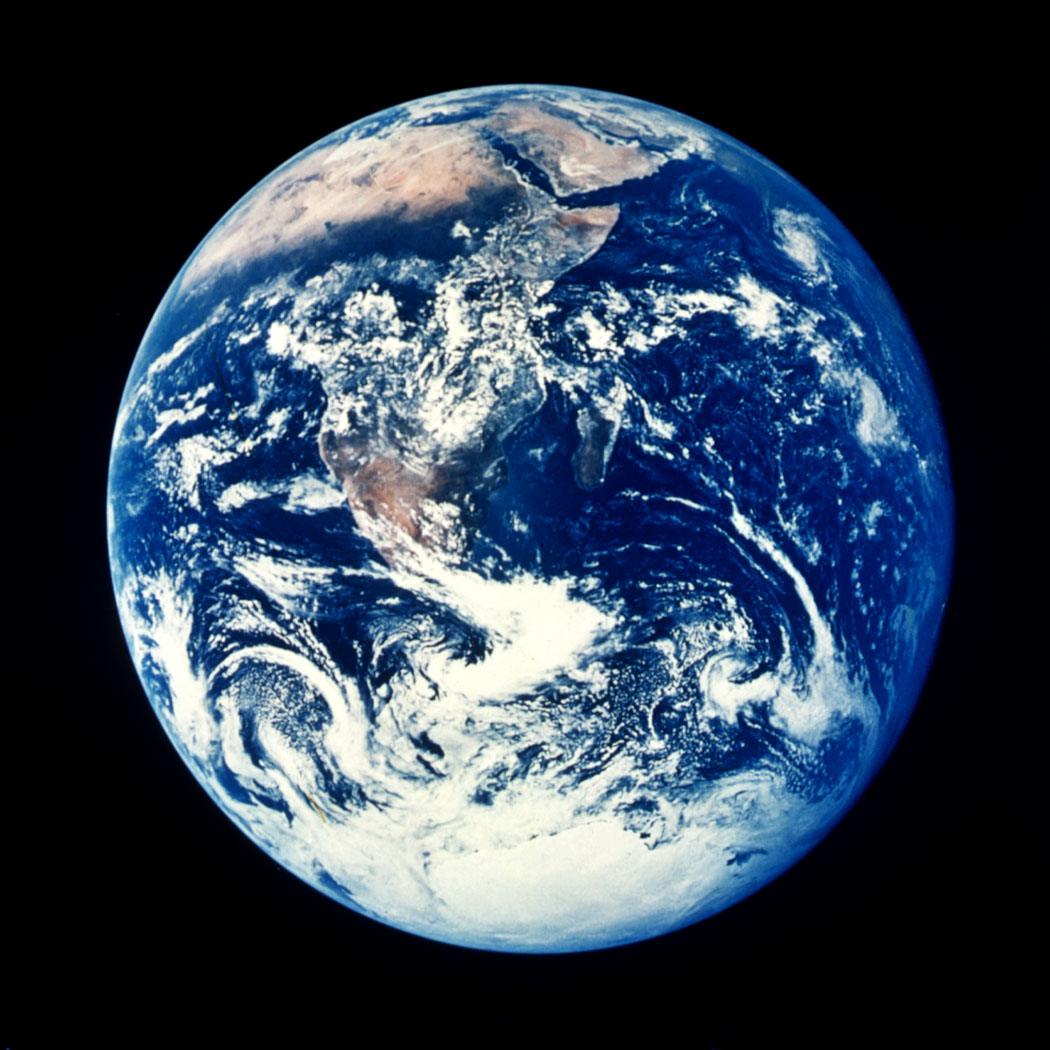 Clean Water, Green Energy and the Big Blue Marble
Clean Water, Green Energy and the Big Blue Marble
By Carl Davidson
Beaver County Blue
A Reuter's story this morning about the rising threat to the water supplies of 12 East Coast cities connected a few dots for me. The threat comes from burning carbon and climate change, which will raise sea levels and wreak havoc in numerous ways.
"Rising sea waters may threaten U.S. coastal cities later this century, while the Midwest and East Coast are at high risk for intense storms, and the West's water supplies could be compromised, "the story led off. "These are among the expected water-related effects of climate change on 12 cities across the nation over the remainder of the century, according to a study released on Tuesday by the Natural Resources Defense Council (NRDC), a leading environmental group.
"A lot of people think of climate change in the global context, but they don't think about the local impact climate change might have, particularly on water-related issues," said Steve Fleischli, a senior attorney with NRDC's water program."
Perhaps it's because my daughters and grandkids live in New York City that the story caught my eye. 'We'll have to make room for them here in Beaver County,' up in the hills on the west slope of the Alleghenies, I first thought.
But what about the Marcellus shale fracking by the gas drillers? We might not have any decent water here, either.
That was the first dot. Then I recalled living in New York City when my first daughter was born. I was working at a leftwing newsweekly, and from out of nowhere, it seemed, 1 million people turned out in Central Park for the first Earth Day in the spring of 1970. What were we to make of it? This was something new, so I started reading stuff from a Marxist expert on the topic, Barry Commoner, a local science professor from Queens, and later a presidential candidate for the Citizens Party in 1980.
I loved Commoner's open mind and lucid ways of putting things. There are three laws of the universe, he said in one speech I covered. One, there is no free lunch (the law of conservation of energy); two, everything goes somewhere; and three, everything is connected to everything else. Later, after some more study, I added a fourth: Shit happens. (Chaos and complexity theory, especially in systems far from equilibrium.)
Those are the second dot. All four figure in to all the debates over the Marcellus Shale. All the poisonous brine goes somewhere, both what remains 10,000 feet down after cracking the shale, as well as all of it that comes back up. And every day, with the accidents occurring, we get proof of my point number four.
Earth Day didn't really appear out of nowhere. Rachel Carson's 'Silent Spring' a book on toxics, had a big impact in the 1960s on the campuses and in the suburbs among awakening housewives.
I've also always stressed the importance of a seemingly small event at the end of 1959, the publication of a space photo from Explorer IV, the famous 'big blue marble' picture. It was the first real life photo of us and our home. We couldn't see ourselves, of course, but I and many others noted two things about it. First, it was beautiful and revealed that we were a water world, with a dynamic interplay of wind, sun, moon and waves-all inexhaustible sources of natural and renewable energy. Second, there were no lines on the grounds. We could see our bioregions, but not our countries.
That's the third dot for the day. We're all in this together. We may be comrades, allies or bitter adversaries, but we're all here and we've nowhere else to go. Getting my kids and grandkids up into the hills doesn't solve anything. Along with hard-nosed organizing for grassroots people power, for clean energy and green manufacturing, we need to resurrect one of my favorite slogans from 1968-'All Power to the Imagination!' and keep our shoulders to the wheel.





No comments:
Post a Comment